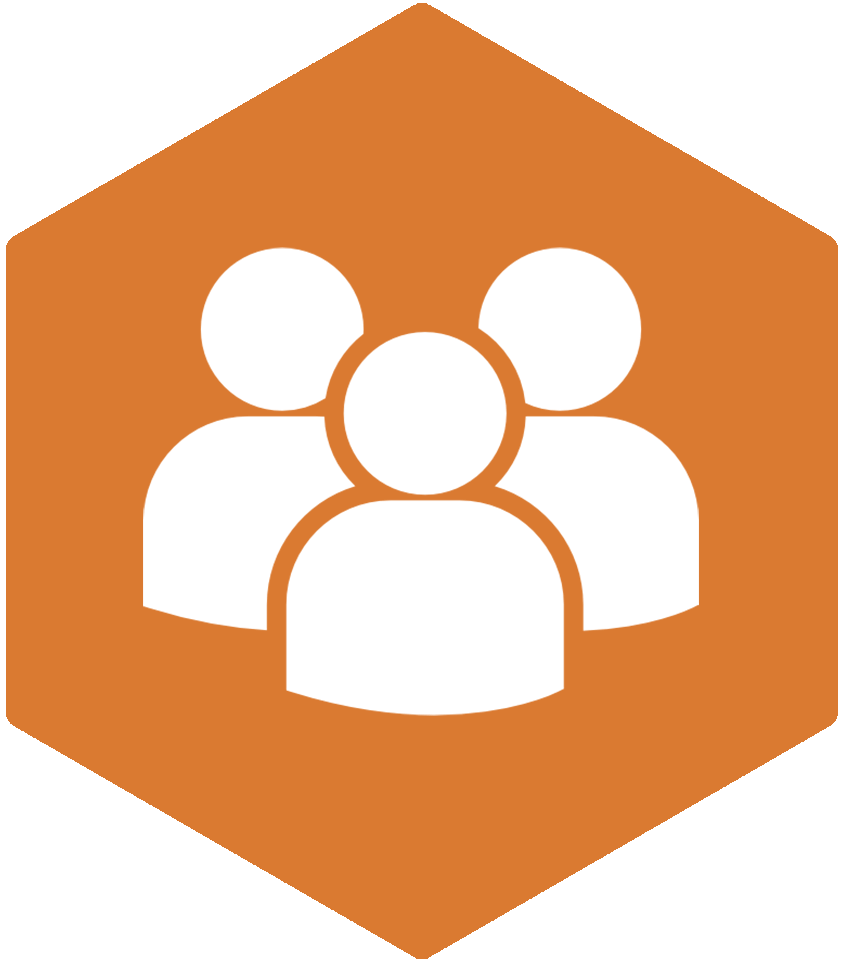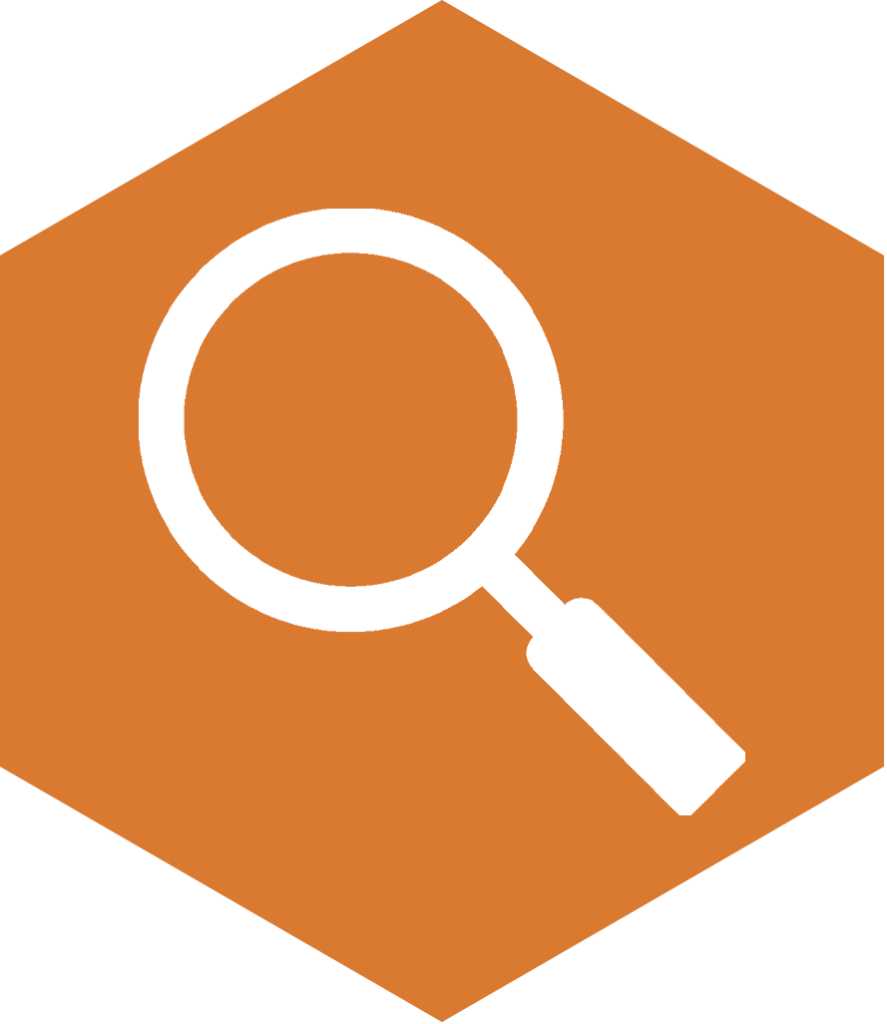World Wide Web Day commemorates the invention that drastically transformed our everyday lives. However, even in this modern day, not everyone has equal access to this invaluable resource.
The creation of the World Wide Web on August 1, 1991, changed the world as we knew it. From the way that we live, learn, and work, the power of the web provides instant access to:

- Online information
- Education
- Healthcare
- Job opportunities
- Services and products
- Entertainment
- Communication methods
Connecting society and making day-to-day living substantially easier for many.
As we celebrate this incredible invention, it is essential to acknowledge areas that can be improved upon, so that everyone can equally utilise this essential resource. In this blog, we explore what can be done to create a more inclusive web that is free from barriers, allowing everyone to access, engage with, and enjoy it.
The impact of poor digital accessibility
“The power of the Web is in its universality. Access by everyone regardless of disability is an essential aspect” Tim Berners-Lee
As World Wide Web inventor Tim Berners-Lee envisioned, everyone should have equal access to the internet’s immense power. Yet billions of people across the globe with disabilities still face challenges when accessing the internet. In fact, a 2025 report testing the accessibility of one million top homepages found that 94.8% of them would still fail to meet web standards. This results in many disabled people being shut out from accessing the web, stripping people of their independence, basic human rights and opportunities for employment, education, and social connection.
1 in 6 people have some form of disability, and the chances are that at some point in your life, you may need additional assistance when interacting with the web.
This could be from having a:
- Permanent disability, such as being Deaf.
- Temporary disability, such as breaking an arm.
- Situational limitation, such as being in loud surroundings.
Even over time, as we age, a loss in dexterity, vision or hearing may result in you needing features such as captions on videos, being able to zoom in on text, or relying on an alternative to a mouse to use the web.
In a nutshell, everyone is impacted if websites, apps, or online documents are not built with accessibility at the forefront.
Focusing on the user experience of a website

Being digitally accessible does not only mean someone can gain access to your website, but it also ensures that the digital space prioritises the user experience.
A platform that has usability at its core, also focuses on how:
- Content and media are written and presented to help people easily digest and understand information.
- Site layouts are structured, helping users to easily flow through the platform.
- Websites are built, enabling users of assistive technologies (such as a blind person who relies on a screen reader) to interact with a site and all its features.
- Web pages are designed, considering elements such as clear typography, sufficient colour contrasts, and hover states for keyboard only users can all be seen.
- Users can undertake all actions, considering ease of use with online forms or completing a user journey on all devices and software.
- Safe a platform is, it protects users who are photosensitive or people who may be overwhelmed and overstimulated by certain site elements.
Everyone is unique and has different requirements to fully engage and navigate the web, so testing a platform’s usability is as important as testing its general accessibility.
How to assess the accessibility of your website

Accessibility is not a feature; it is a right. Beyond being the ethically right thing to do, it’s also good business sense, as it opens up a wider online audience and reduces the likelihood of facing a lawsuit.
A good starting point in checking if your website is accessible for all users is by:
- Taking a free website accessibility health check to give you a basic overview of the inclusivity of your site. We will even throw in some live demonstrations to show you exactly why your website may be presenting issues for your users.
- Having a full accessibility audit to assess your site’s usability. Our robust process incorporates automated, manual, and technical testing, utilising assistive technologies. This will provide you with a roadmap of changes in a comprehensive report to ensure that you meet web standards.
- If you have an in-house development team, we offer training on how to perform full audits yourself across your platforms.
- Accessing our free guide on ways that you can write and present accessible content.
Building a World Wide Web for everyone
The internet was built to connect us, but that can only happen when everyone has equal access. If you aren’t already on your accessibility journey, let’s make World Wide Web Day a starting point to help build an inclusive web for all.
If you need help with assessing the usability of your site, making the desired changes to become accessible, or empowering your organisation through inclusive training, our experts have got you covered!
